Home>Furniture & Design>Bathroom Accessories>How To Unclog Bathtub With Baking Soda
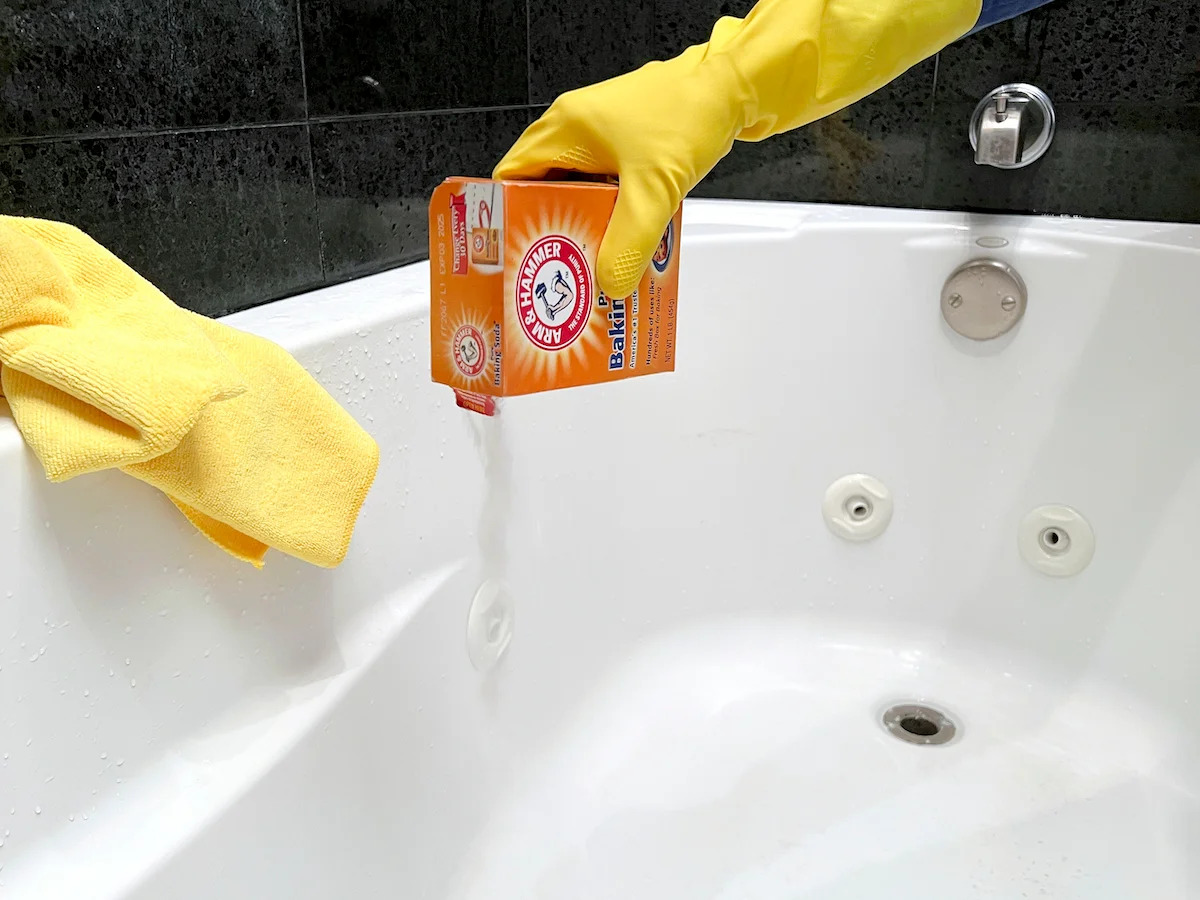

Bathroom Accessories
How To Unclog Bathtub With Baking Soda
Published: February 19, 2024
Learn how to unclog your bathtub using baking soda and other bathroom accessories. Follow these simple steps to keep your drains clear and flowing smoothly.
(Many of the links in this article redirect to a specific reviewed product. Your purchase of these products through affiliate links helps to generate commission for Storables.com, at no extra cost. Learn more)
Introduction
A clogged bathtub drain can be a major inconvenience, disrupting your daily routine and causing frustration. However, before reaching for harsh chemicals or calling a plumber, consider a natural and effective solution using a common household item: baking soda. This simple yet powerful method can help you unclog your bathtub drain without the need for expensive products or professional assistance.
By utilizing the natural cleaning properties of baking soda, you can effectively break down and remove the buildup of hair, soap scum, and other debris that commonly cause bathtub drains to clog. This environmentally friendly approach not only saves you money but also reduces the use of harsh chemicals that can be harmful to both your plumbing system and the environment.
In this comprehensive guide, we will walk you through the step-by-step process of unclogging your bathtub drain using baking soda. From gathering the necessary materials to implementing the technique, you will learn how to restore proper drainage to your bathtub in a safe, cost-effective, and eco-friendly manner.
Whether you are a seasoned DIY enthusiast or someone who prefers simple and natural solutions, this method offers a practical and sustainable way to address a common household issue. With a few basic supplies and a little bit of time, you can tackle the problem of a clogged bathtub drain with confidence and ease. So, let's dive into the process and discover how baking soda can be a game-changer in maintaining a smoothly flowing bathtub drain.
Key Takeaways:
- Say goodbye to clogged bathtub drains! Use baking soda, vinegar, and boiling water for an eco-friendly, cost-effective DIY solution. Keep your plumbing happy and the environment healthy.
- No more plumber fees! Unclog your bathtub drain naturally with baking soda. It’s easy, affordable, and kind to both your wallet and the planet.
Materials Needed
To begin the process of unclogging your bathtub drain with baking soda, you will need a few basic materials that are readily available in most households. These items are essential for implementing the natural cleaning method and can be easily gathered before you embark on this DIY project. Here's what you'll need:
-
Baking Soda: This versatile and environmentally friendly powder serves as the primary agent for breaking down and dislodging the clog in your bathtub drain. Baking soda's mild abrasive properties make it an effective cleaner, and its natural composition makes it safe for both your plumbing system and the environment.
-
Vinegar: White vinegar, a staple in many kitchens, is a key component in this unclogging method. When combined with baking soda, it creates a foaming reaction that helps to dislodge debris and clear the drain. Vinegar's acidic nature also contributes to its cleaning and deodorizing properties.
-
Boiling Water: Boiling water is a simple yet powerful tool for flushing out the loosened debris from the drain. Its high temperature helps to further break down any remaining residue and wash it away, restoring proper drainage to your bathtub.
-
Old Rag or Cloth: Having an old rag or cloth on hand will be useful for wiping up any spills or splashes that may occur during the unclogging process. This will help to keep your work area clean and prevent any potential messes.
-
Plunger (Optional): While not essential, a plunger can be a helpful tool for dislodging stubborn clogs. If the baking soda and vinegar method alone does not fully clear the drain, using a plunger in conjunction with the natural solution may provide the extra force needed to remove the obstruction.
By gathering these materials, you will be well-prepared to tackle the task of unclogging your bathtub drain using baking soda. With these simple yet effective supplies at your disposal, you can proceed with confidence, knowing that you have everything you need to restore proper drainage to your bathtub in a safe, natural, and cost-effective manner.
Step 1: Remove the Drain Cover
The first step in unclogging your bathtub drain with baking soda is to remove the drain cover. This is a crucial initial task that allows you to access the drain opening and prepare it for the unclogging process. To begin, locate the drain cover on your bathtub, which is typically situated over the drain opening and may be secured in place by screws or simply placed over the drain.
Using a screwdriver, if necessary, carefully remove any screws that are holding the drain cover in place. Once the screws are loosened or removed, gently lift the cover off the drain opening. If your drain cover does not have screws, it may be designed to be lifted out directly. In this case, use your fingers or a flat tool to carefully pry the cover up and out of the drain.
As you remove the drain cover, be mindful of any accumulated debris or hair that may be present around the edges of the opening. Use a gloved hand or a pair of tweezers to clear away any visible buildup, as this can contribute to the clogging of the drain. Additionally, take note of the condition of the drain cover itself. If it shows signs of significant wear or damage, this may be an opportune time to consider cleaning or replacing it to ensure optimal drainage in the future.
Once the drain cover is removed and any debris is cleared, set it aside in a safe place for the time being. With the drain opening exposed, you are now ready to proceed to the next step in the unclogging process, which involves the application of baking soda to begin breaking down the clog and restoring proper drainage to your bathtub.
By carefully removing the drain cover and clearing any debris, you have successfully completed the first step in preparing your bathtub drain for the unclogging method using baking soda. This simple yet essential task sets the stage for the subsequent steps and allows for unobstructed access to the drain, enabling the natural cleaning process to take place effectively.
Step 2: Pour Baking Soda Down the Drain
With the drain cover removed and the drain opening accessible, it's time to introduce the primary agent for unclogging your bathtub drain: baking soda. This common household ingredient possesses natural cleaning properties that make it an effective and environmentally friendly solution for breaking down clogs and restoring proper drainage.
Begin by retrieving your box of baking soda and preparing to pour it directly into the drain opening. Depending on the severity of the clog and the size of your bathtub, you may need to use varying amounts of baking soda. As a general guideline, a 1/2 to 1 cup of baking soda should be sufficient to initiate the unclogging process.
Carefully pour the measured amount of baking soda into the drain, ensuring that it is directed into the opening and does not spill onto the surrounding surfaces. The fine granules of baking soda will begin to work their way down the drain, coming into contact with the clog and initiating the breakdown process.
As the baking soda makes its way into the drain, it will begin to adhere to the surfaces of the clog, thanks to its mild abrasive nature. This action helps to loosen the debris and create a favorable environment for the subsequent steps in the unclogging method. The baking soda's natural properties make it safe for use in your plumbing system, minimizing the risk of damage while effectively targeting the clog.
Once the baking soda has been poured into the drain, take a moment to ensure that the opening is clear of any residual powder. Use a gentle tap or a small tool to guide any remaining baking soda into the drain, allowing it to settle and begin its work on the clog.
With the baking soda successfully introduced into the drain, you have initiated the natural unclogging process, setting the stage for the next crucial step: the addition of vinegar. This combination will create a foaming reaction that further aids in dislodging the clog, paving the way for the restoration of proper drainage to your bathtub.
Pour 1 cup of baking soda down the drain, followed by 1 cup of vinegar. Let it sit for 15 minutes, then pour boiling water down the drain to clear the clog.
Step 3: Add Vinegar
After successfully introducing baking soda into the drain to initiate the unclogging process, the next vital step involves adding vinegar to create a powerful foaming reaction. This chemical reaction between the baking soda and vinegar serves as a natural and effective method for dislodging the clog and restoring proper drainage to your bathtub.
To begin, retrieve your bottle of white vinegar, a versatile household staple known for its acidic properties and cleaning capabilities. With the baking soda already present in the drain, carefully pour a measured amount of vinegar directly into the opening. As the vinegar comes into contact with the baking soda, a noticeable foaming reaction will occur, creating a bubbling and fizzing effect within the drain.
This foaming action is a result of the chemical reaction between the acidic vinegar and the alkaline baking soda. The reaction produces carbon dioxide gas, which generates pressure within the drain, helping to dislodge the debris and break down the clog. Additionally, the combined cleaning properties of the vinegar and baking soda work to dissolve and neutralize the buildup, further aiding in the unclogging process.
As the foaming reaction takes place, it is important to allow the mixture of vinegar and baking soda to remain in the drain for a sufficient duration. This will ensure that the cleaning and dislodging action has ample time to take effect on the clog. Typically, allowing the foaming mixture to sit in the drain for approximately 10 to 15 minutes is recommended to maximize its effectiveness.
During this waiting period, you may observe the foaming action gradually subsiding as the chemical reaction concludes. This indicates that the vinegar and baking soda have completed their cleaning and dislodging process, preparing the clog for the final step in the unclogging method.
By adding vinegar to the baking soda in the drain, you have initiated a powerful foaming reaction that serves as a natural and effective means of breaking down the clog. This environmentally friendly approach harnesses the cleaning properties of these common household ingredients, paving the way for the subsequent step of flushing the drain with hot water to complete the unclogging process.
Step 4: Wait and Flush with Hot Water
After the foaming reaction resulting from the combination of baking soda and vinegar has had sufficient time to work on the clog, the next crucial step involves waiting and then flushing the drain with hot water. This final stage of the unclogging process serves to further dislodge any remaining debris and residue, ensuring that the drain is thoroughly cleared and restored to proper functionality.
As the foaming action from the baking soda and vinegar subsides, it is important to allow the mixture to remain in the drain for approximately 10 to 15 minutes. This duration allows the natural cleaning properties of the ingredients to effectively break down the clog and loosen any remaining debris within the drain.
Once the waiting period has elapsed, it is time to proceed with flushing the drain with hot water. Boiling water, known for its powerful cleaning and dissolving capabilities, is the ideal choice for this final step. Carefully heat a pot or kettle of water on the stove until it reaches a rolling boil, ensuring that there is a sufficient amount to effectively flush the drain.
With the boiling water ready, carefully and steadily pour it into the drain opening, allowing the high temperature and force of the water to work its way through the drain. The hot water serves multiple purposes in this stage of the unclogging process. Firstly, its high temperature helps to further break down any remaining residue and debris, facilitating its removal from the drain. Additionally, the force of the water as it flows through the drain helps to dislodge and flush away the loosened clog, restoring unobstructed drainage to your bathtub.
As the boiling water makes its way through the drain, you may hear the sound of the water effectively clearing the passage, indicating that the unclogging process is nearing completion. Once the entire pot or kettle of boiling water has been poured into the drain, allow it to work its way through the plumbing system, effectively flushing out any remaining debris and residue.
With the hot water successfully flushed through the drain, take a moment to observe the flow and ensure that the water is draining freely and without obstruction. If necessary, you may repeat the process of pouring boiling water to further ensure the thorough clearing of the drain.
By waiting for the foaming action to take effect and then flushing the drain with hot water, you have completed the final step in the natural unclogging method using baking soda. This simple yet effective process harnesses the power of natural ingredients and hot water to restore proper drainage to your bathtub, providing a cost-effective, environmentally friendly, and DIY solution to a common household issue.
Conclusion
In conclusion, unclogging a bathtub drain with baking soda offers a practical, eco-friendly, and cost-effective solution to a common household problem. By following the step-by-step process outlined in this guide, you can effectively address a clogged bathtub drain using natural ingredients and minimal effort. From removing the drain cover to pouring baking soda, adding vinegar, and flushing with hot water, each stage of the unclogging method contributes to the restoration of proper drainage in a safe and sustainable manner.
The use of baking soda as a primary agent for breaking down the clog is a testament to the versatility and effectiveness of this common household item. Its mild abrasive properties and natural composition make it an ideal choice for addressing drain clogs without resorting to harsh chemicals or professional assistance. When combined with vinegar, baking soda creates a foaming reaction that targets and dislodges the debris, paving the way for the final step of flushing the drain with hot water to complete the unclogging process.
Furthermore, the materials needed for this DIY project are readily available in most households, making it a convenient and accessible solution for individuals seeking to restore proper drainage to their bathtub. The use of boiling water as the final step not only serves to further dislodge any remaining debris but also contributes to the overall cleanliness and hygiene of the drain.
By opting for a natural and sustainable approach to unclogging a bathtub drain, individuals can minimize their reliance on chemical-based products and reduce their environmental impact. This method not only promotes the longevity of the plumbing system but also aligns with eco-conscious practices, making it a favorable choice for those seeking to maintain a greener household.
In essence, the process of unclogging a bathtub drain with baking soda embodies the principles of simplicity, effectiveness, and environmental responsibility. By incorporating this DIY method into your home maintenance repertoire, you can confidently address clogged drains while embracing a natural and eco-friendly approach. With a few basic materials and a willingness to engage in a hands-on solution, you can restore proper drainage to your bathtub and enjoy the satisfaction of resolving a common household issue with minimal impact on the environment.
Frequently Asked Questions about How To Unclog Bathtub With Baking Soda
Was this page helpful?
At Storables.com, we guarantee accurate and reliable information. Our content, validated by Expert Board Contributors, is crafted following stringent Editorial Policies. We're committed to providing you with well-researched, expert-backed insights for all your informational needs.
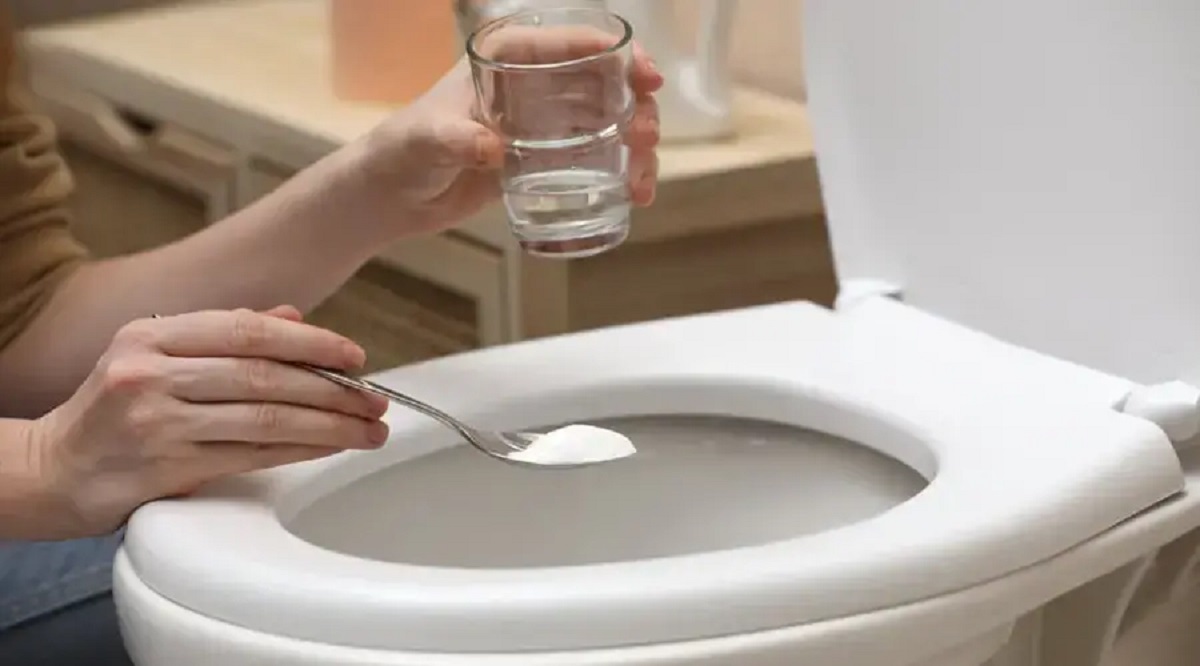
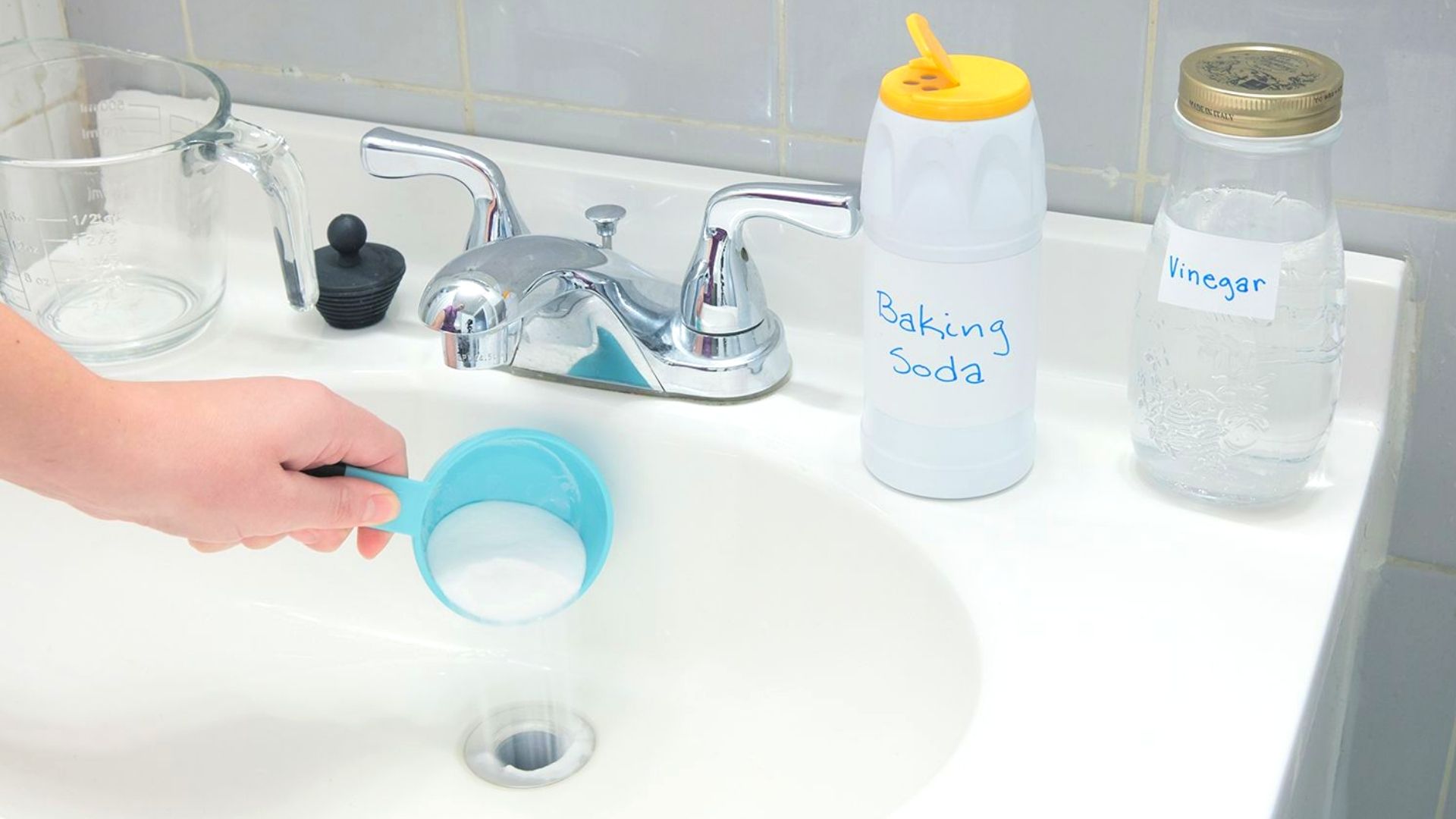
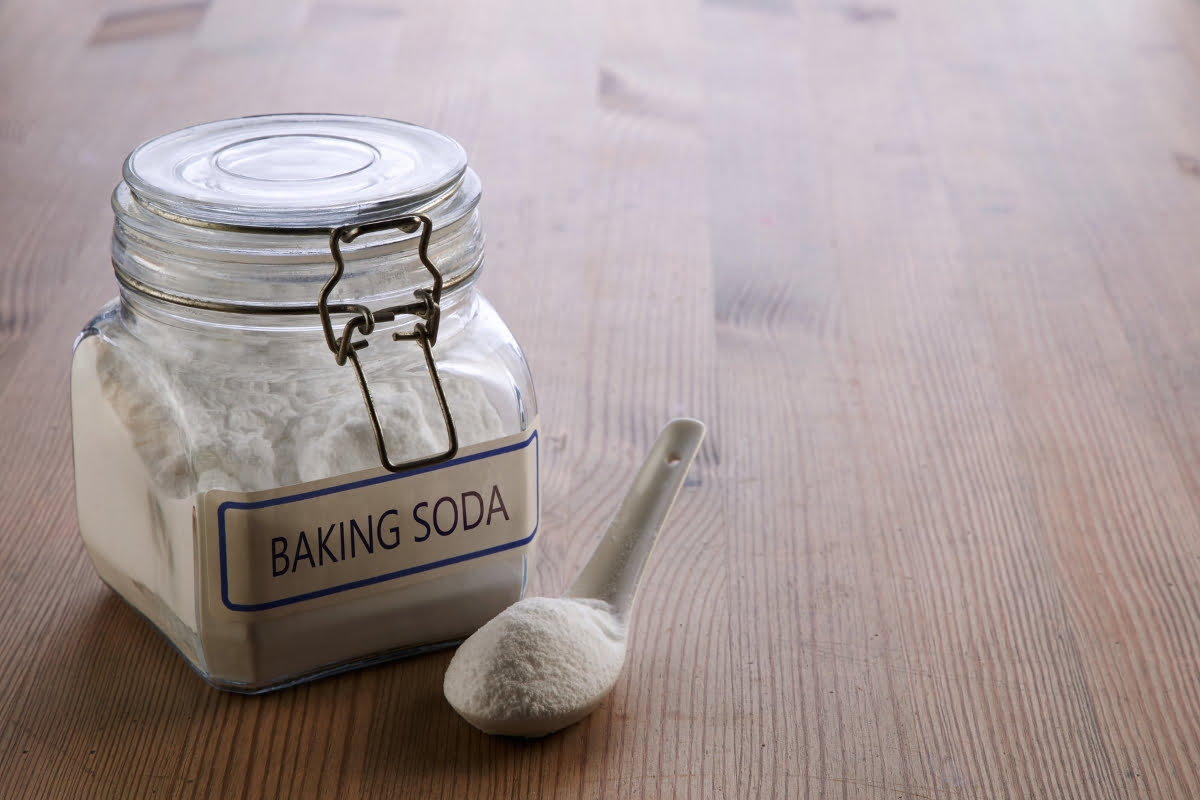
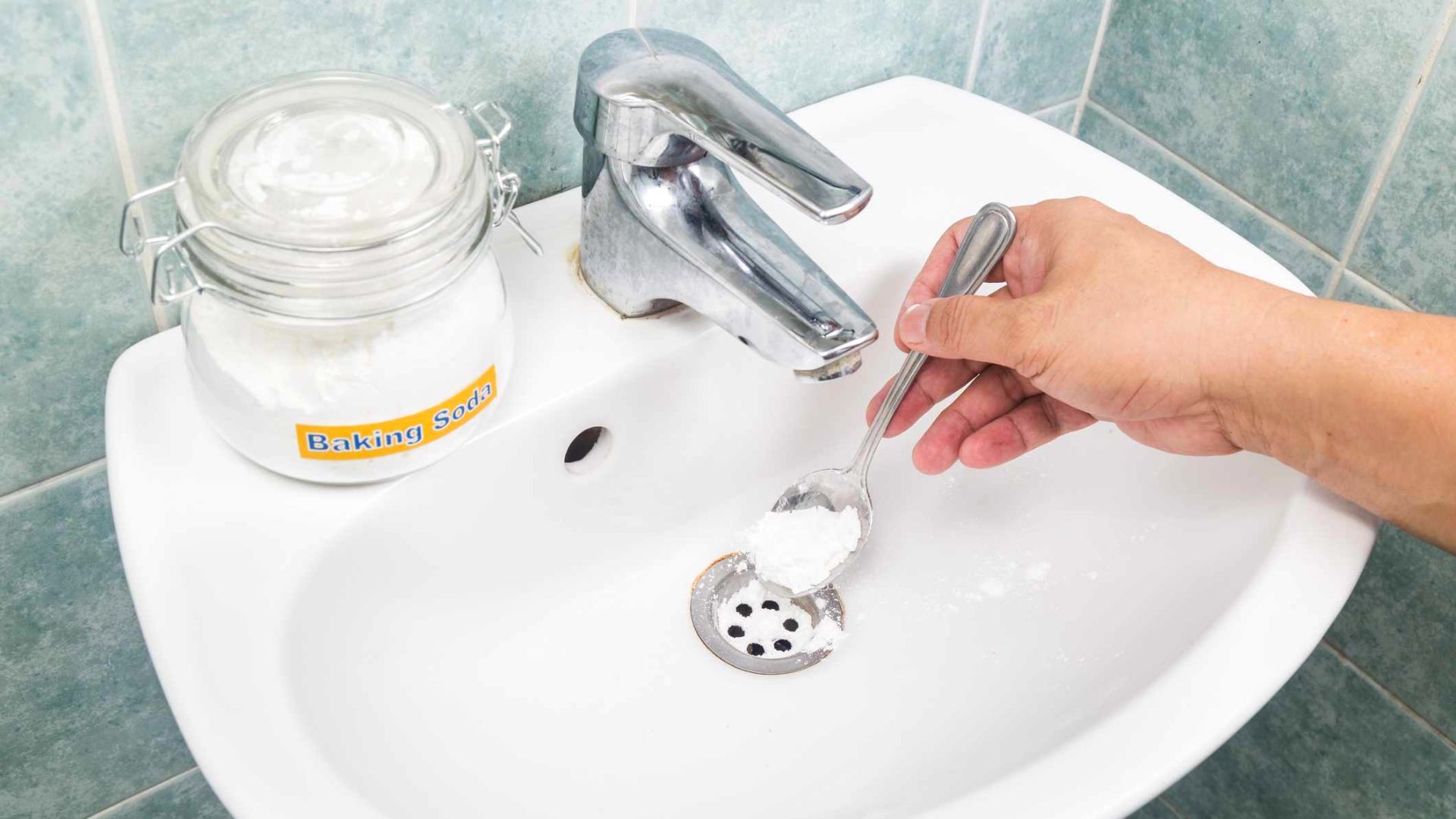
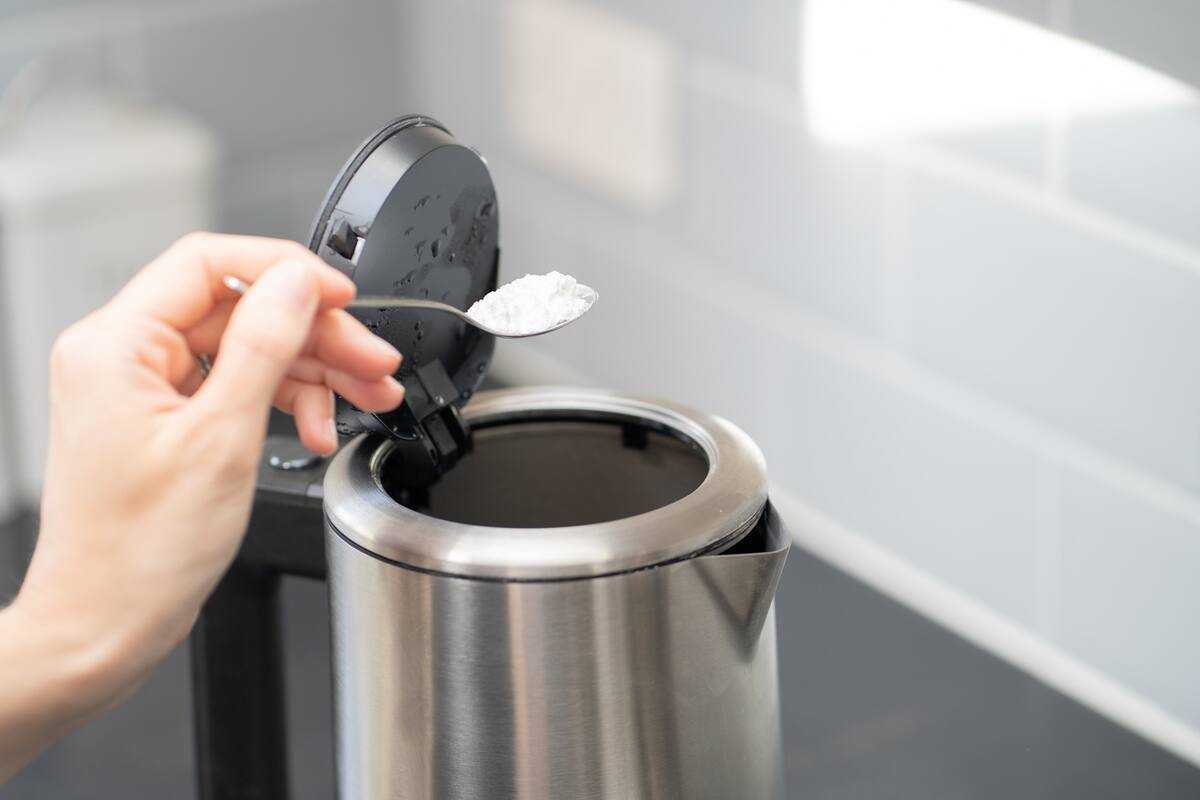
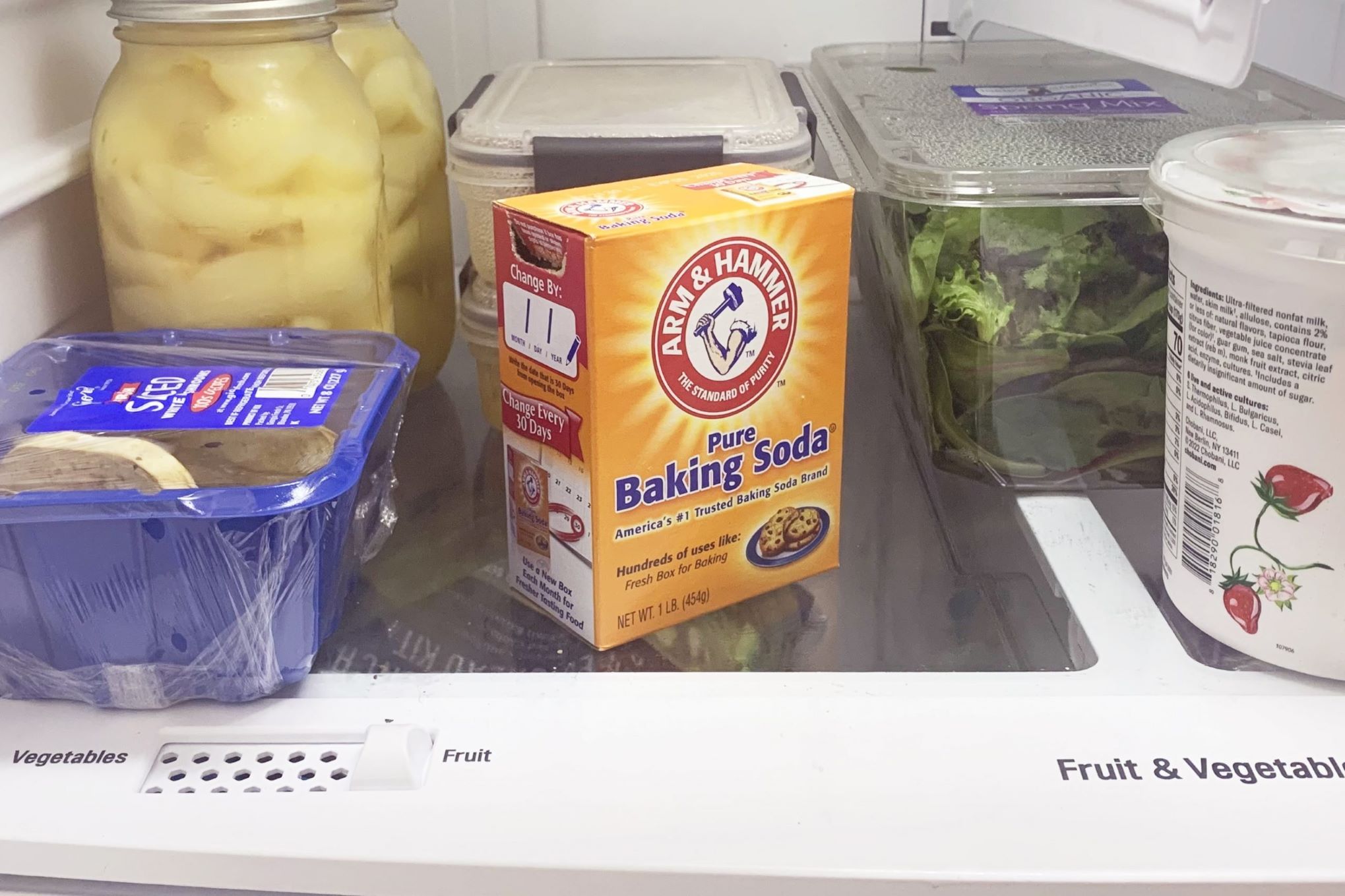
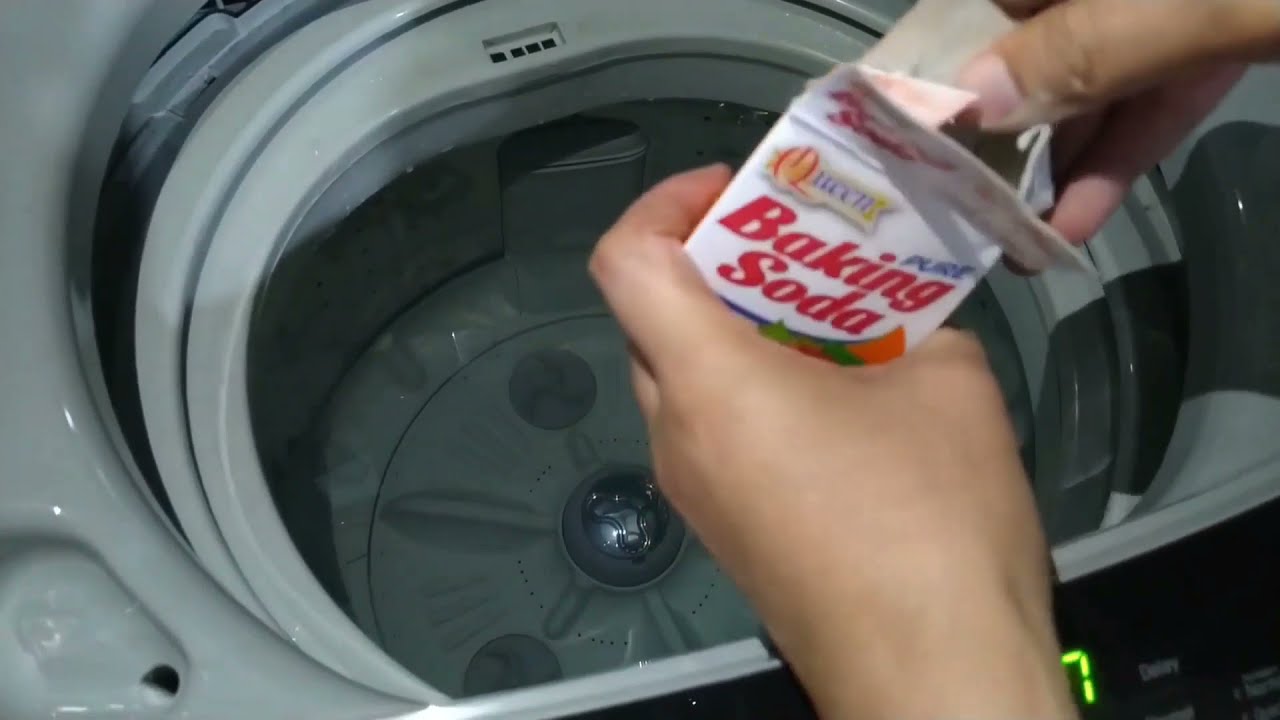
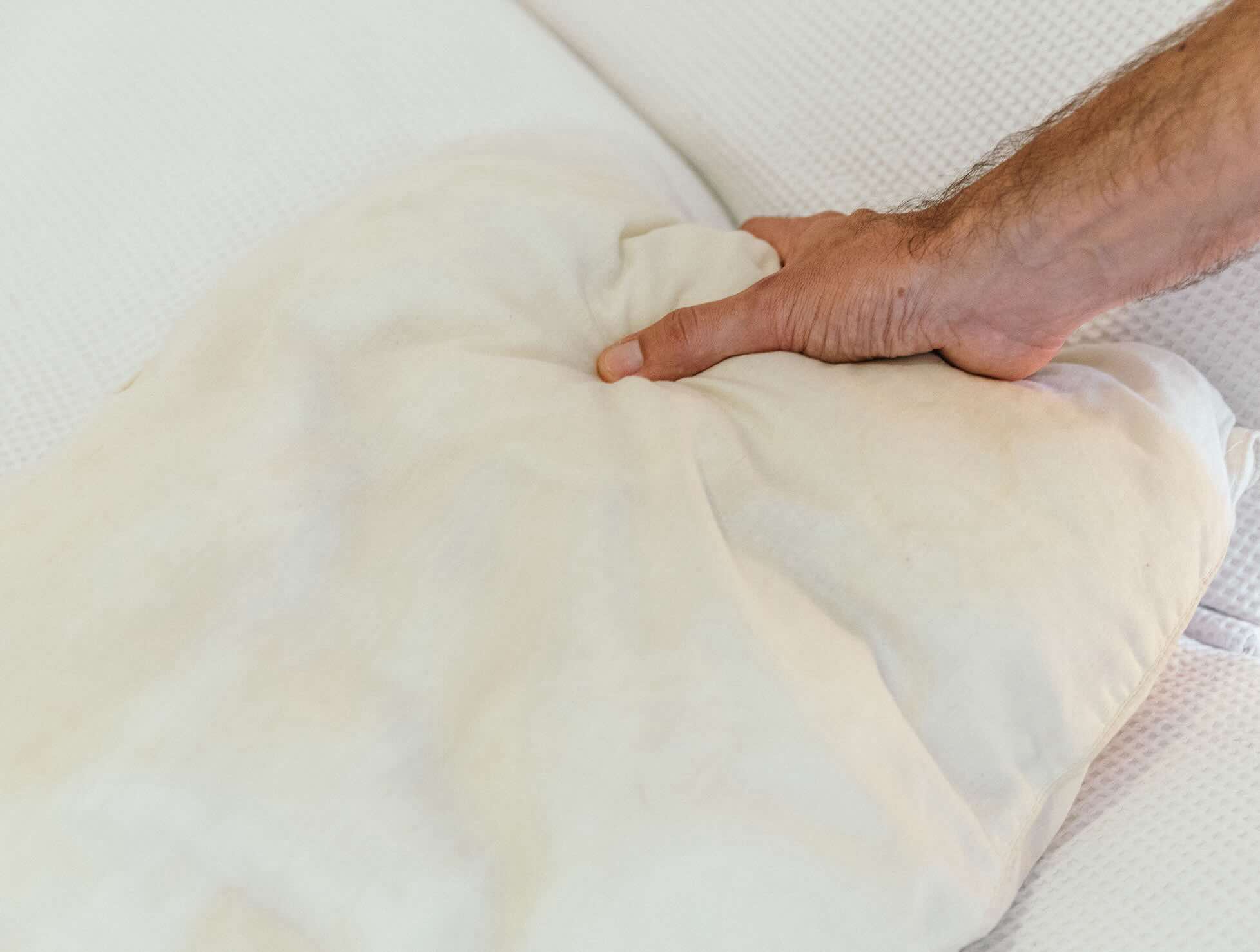
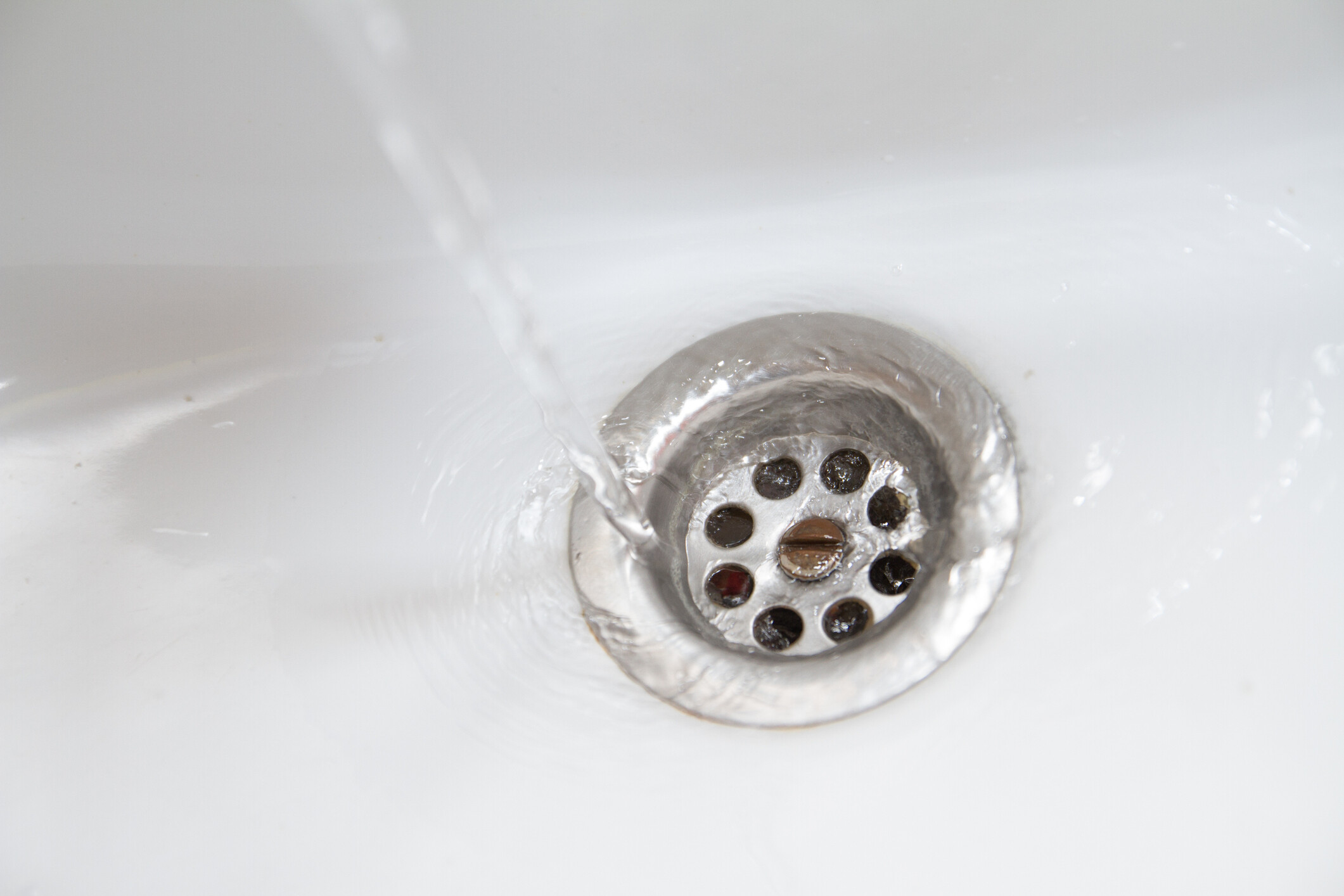
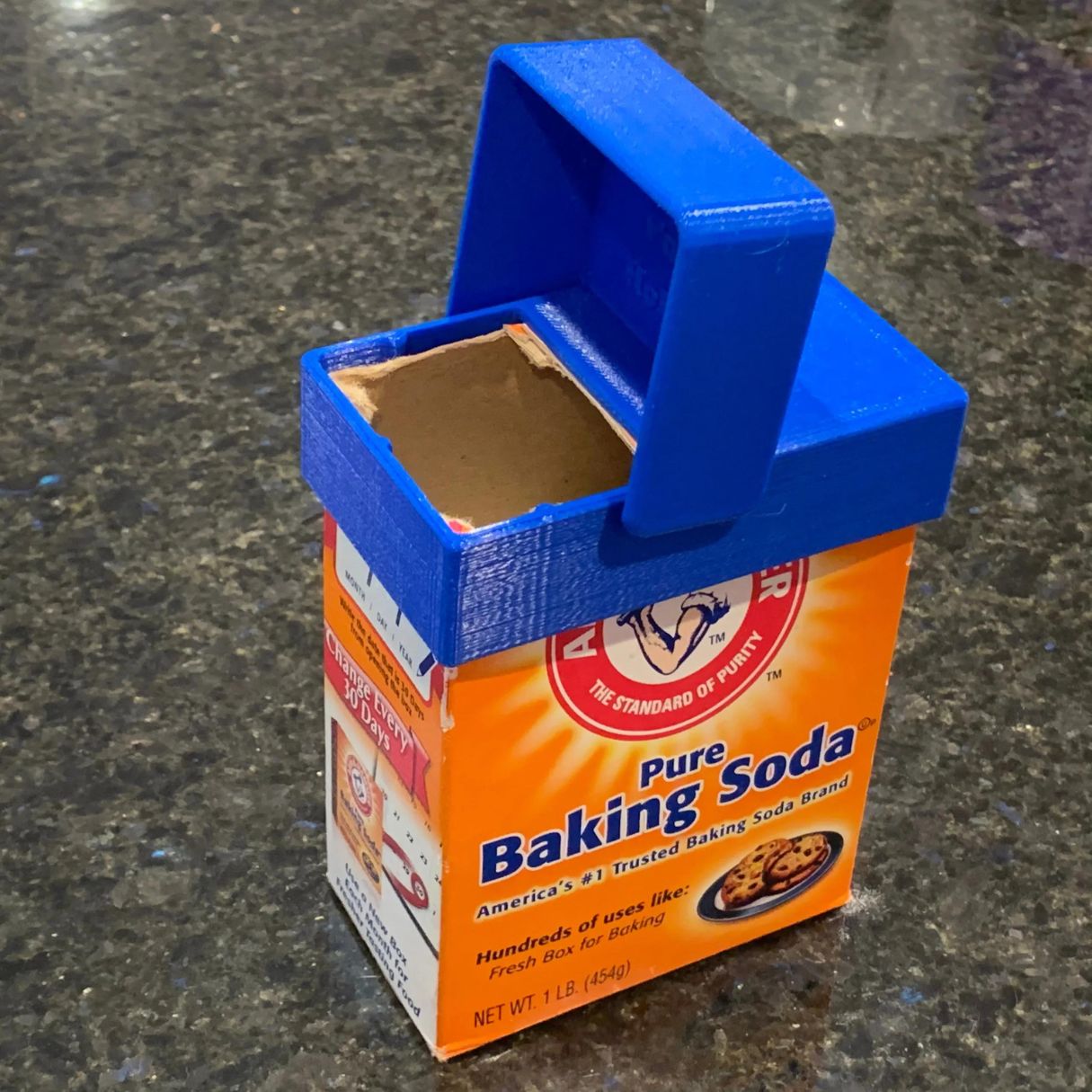
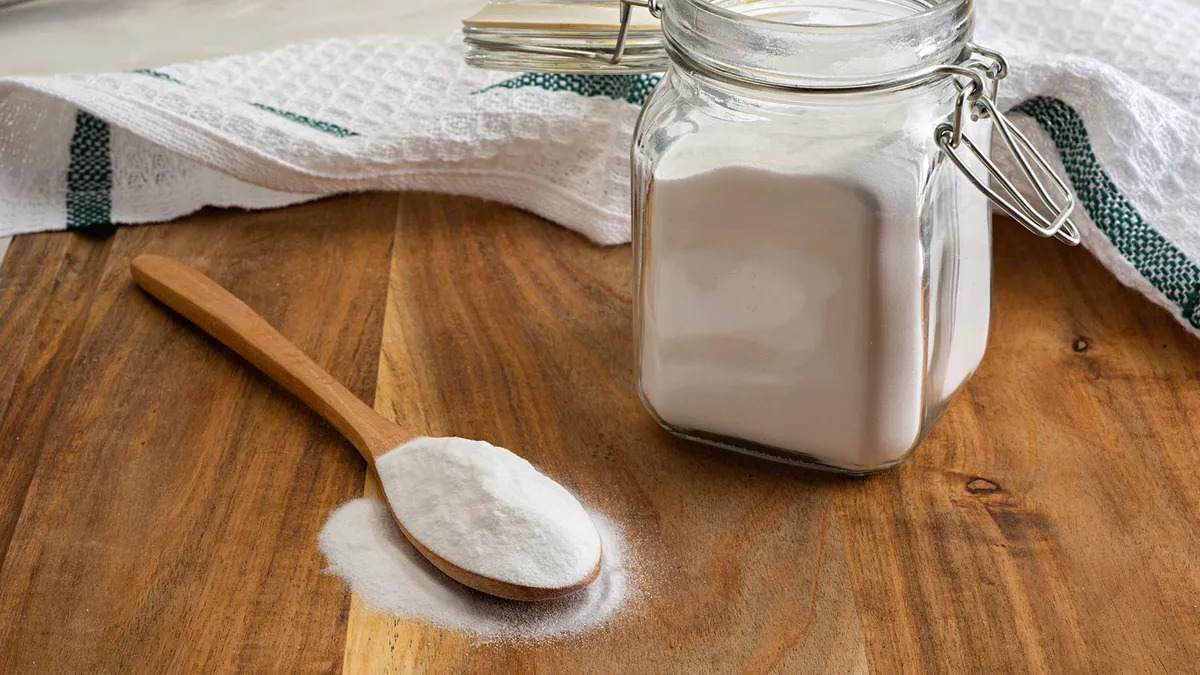
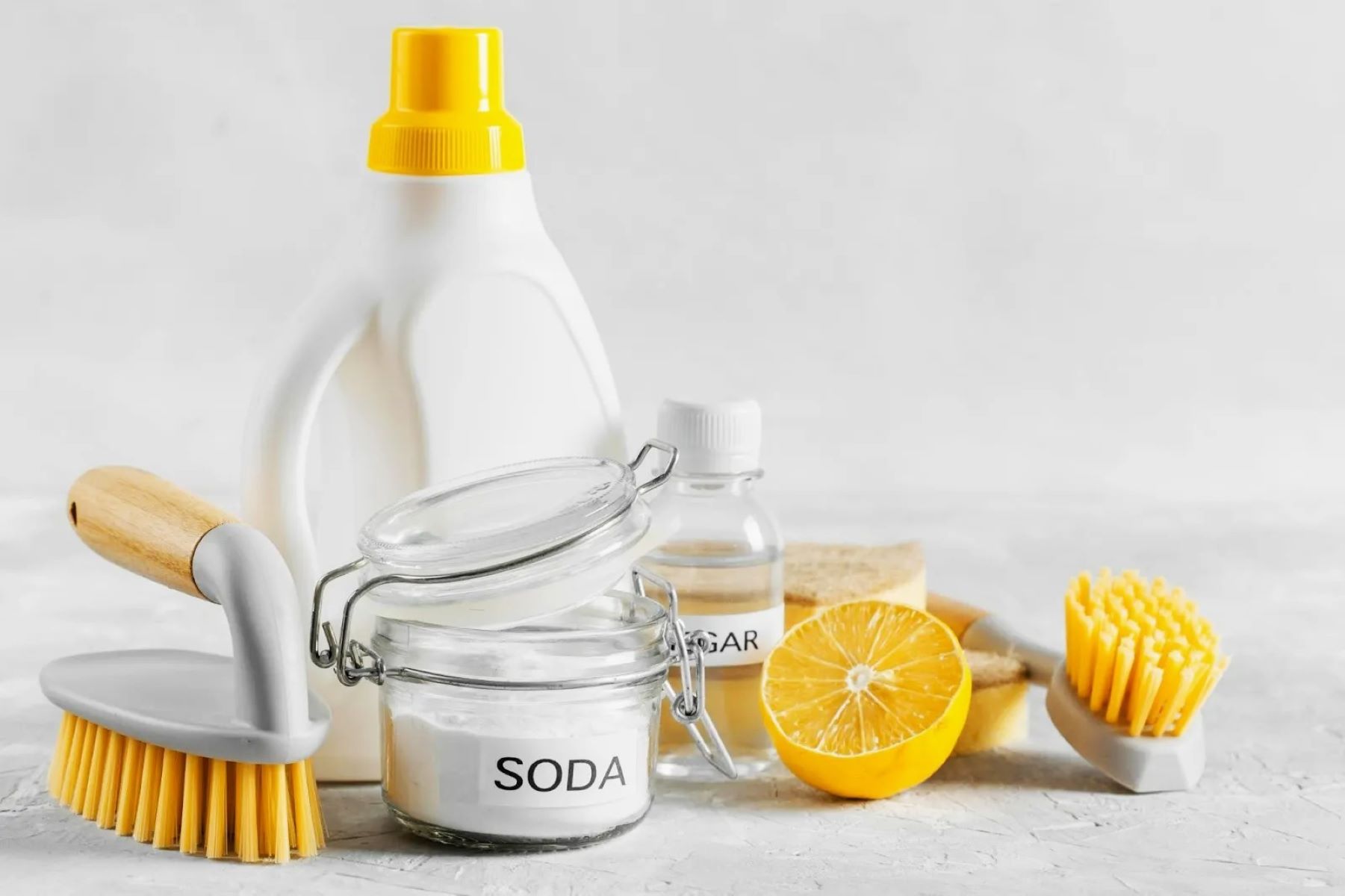
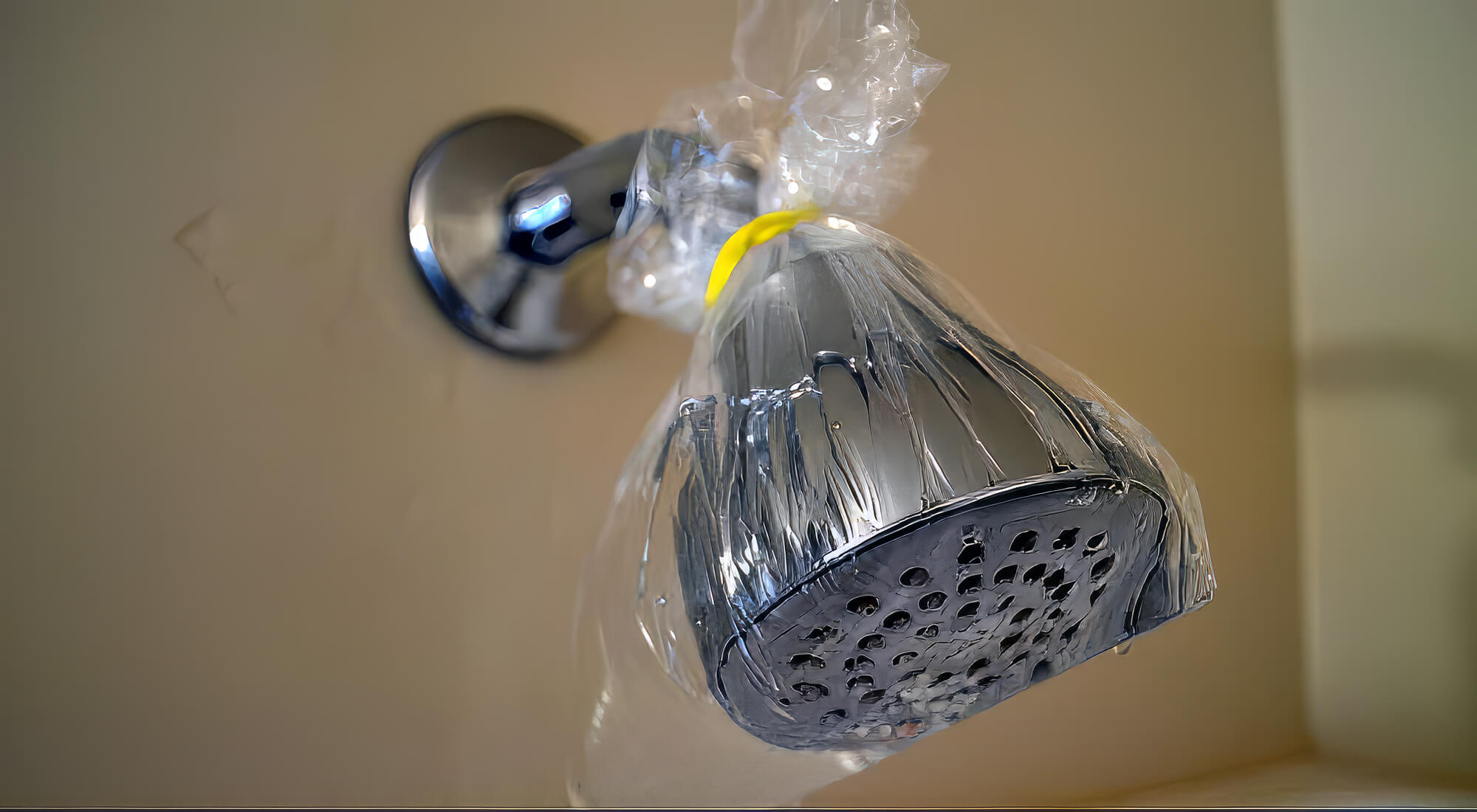
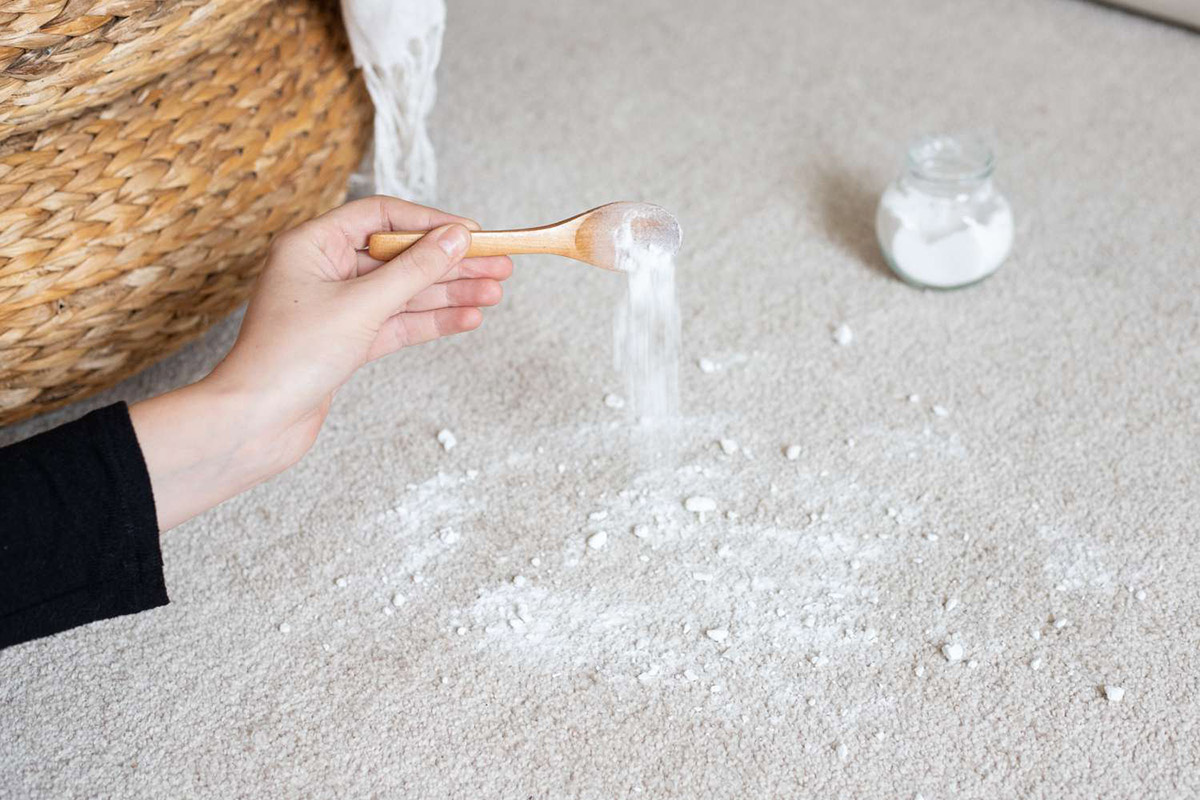

0 thoughts on “How To Unclog Bathtub With Baking Soda”